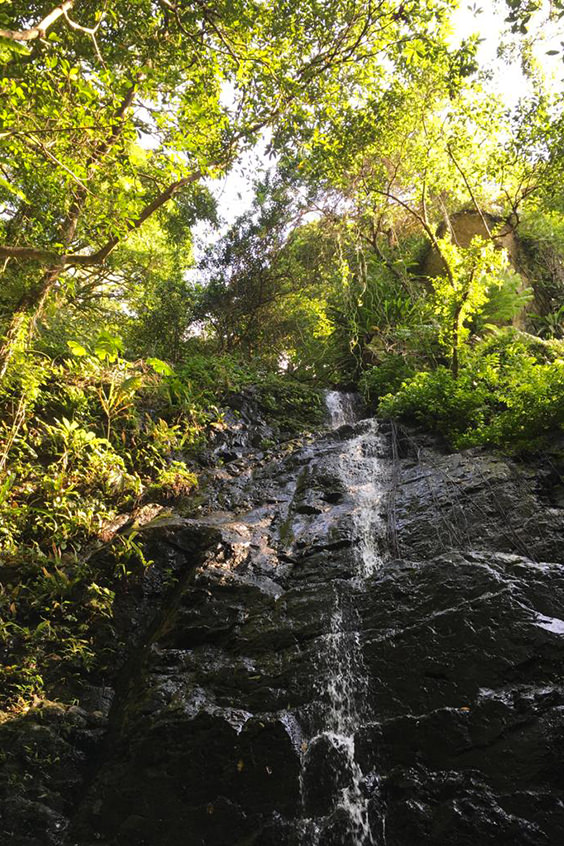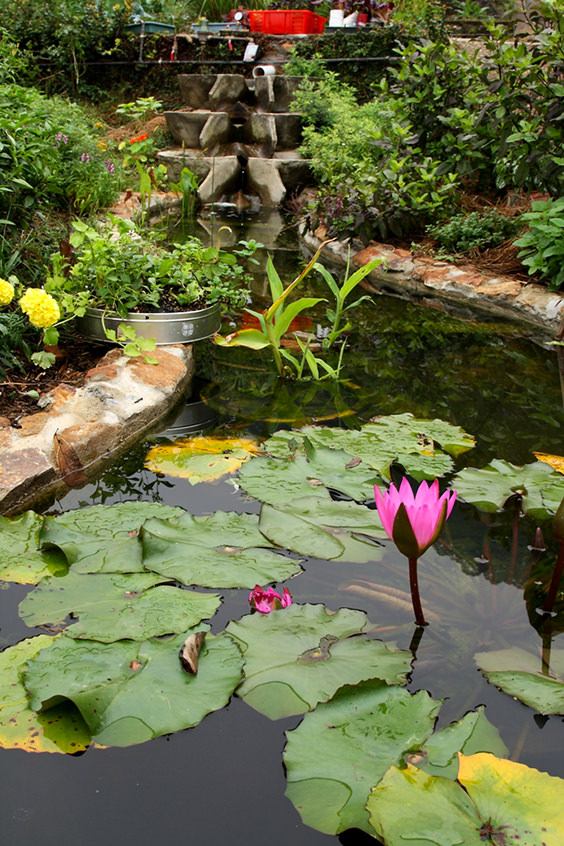
Beekeeping at KFBG
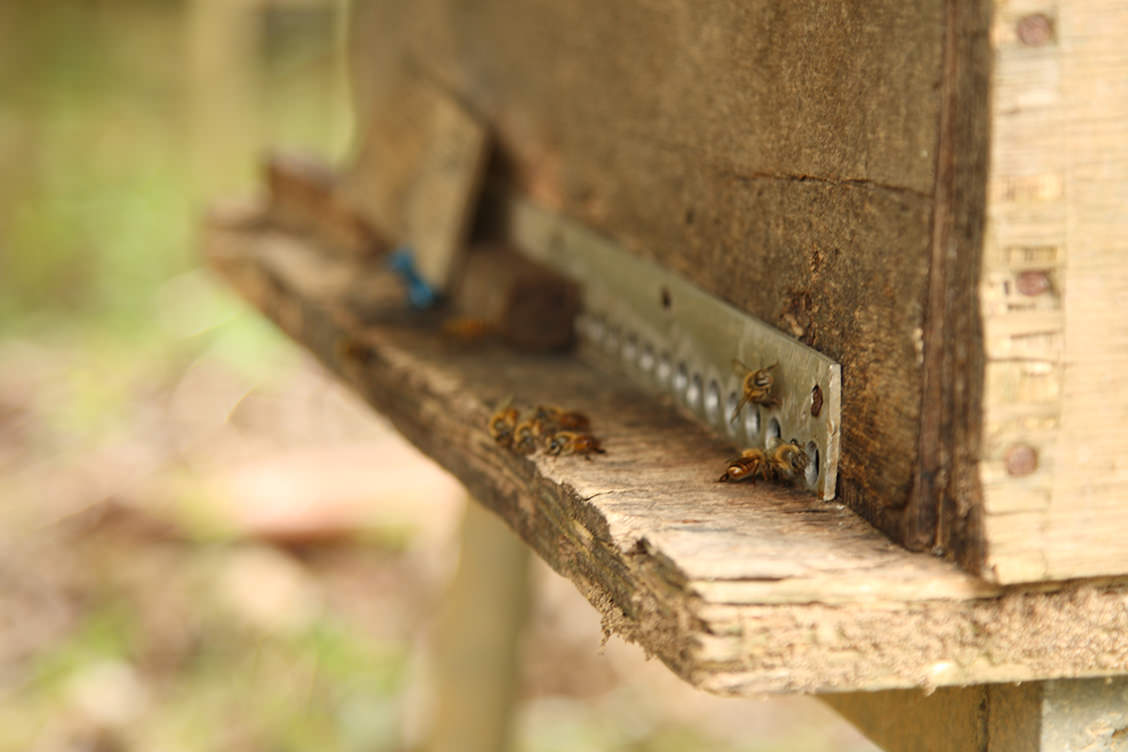
While feasting their eyes on sylvan upland vistas and seasonal blooms, visitors to KFBG will also see lots of bees around the Farm. Although honey is not a staple farm product at KFBG, bees still play an important role in our farming operation and nature conservation.
KFBG has been keeping bees for more than 30 years and today our apiary keeps only native bees. While Italian bees have higher output during the nectar flow, these introduced temperate species do not adapt to Hong Kong climate well. They would die without human care and chemical medicine is necessary as they are vulnerable to diseases. Native bees, by contrast, adapt to the local climate well and they can survive freely in the wild after leaving the beehives if swamping is required.
To ‘ecological’ farms and fruit orchards, bees do only good and no harm. They are active pollinators and only modest resources are needed for keeping native bees. Apart from fruit trees like lychee and longan that are the primary nectar sources on farmland, there are plenty of other nectar sources in our forest such as Machilus, Ivy Tree, Chinese Guger Tree, Chinese Holly and Hong Kong Gordonia.
Over the years, we are always looking for ways to improve our apiary to create better living conditions for bees. Today, KFBG has been keeping more than 30 beehives at our apiary as a living demonstration to preserve, as well as teaching, traditional beekeeping techniques. Integrating bee keeping to a farm not only help diversify production but contribute to nature conservation and harmonise our relationship with environment.
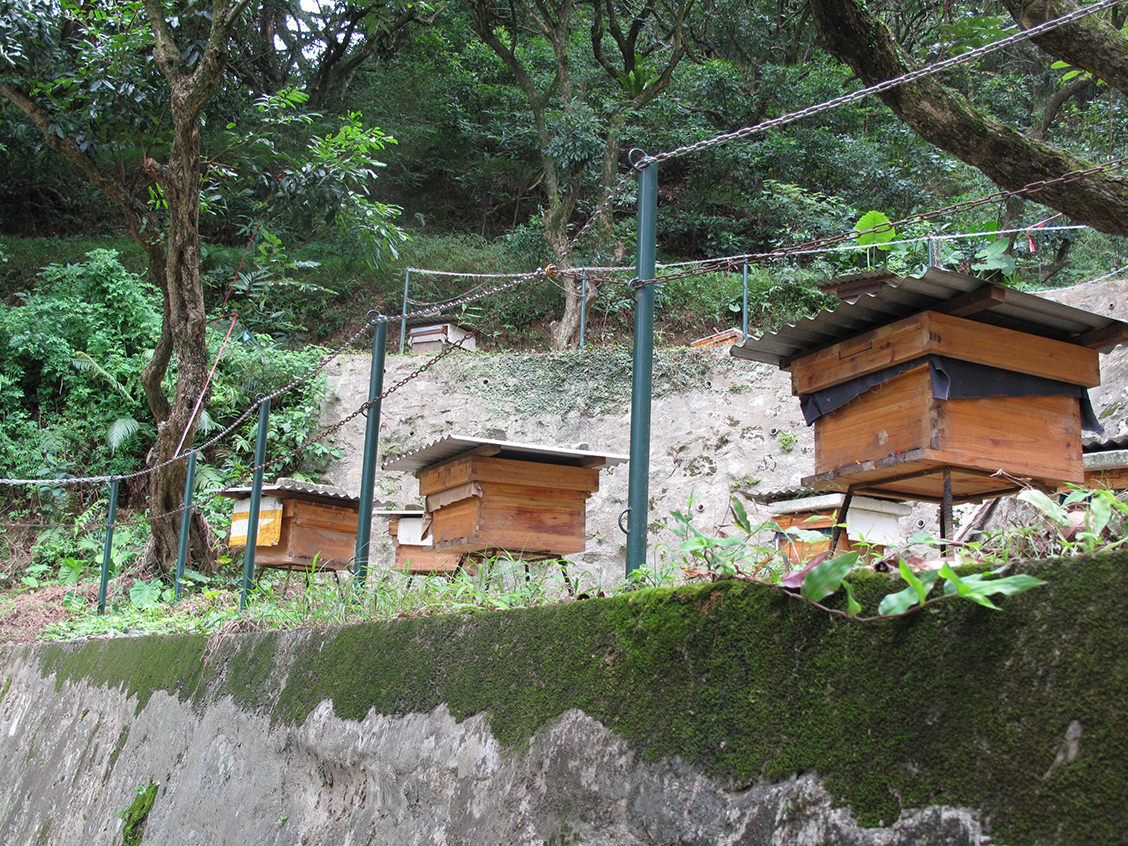
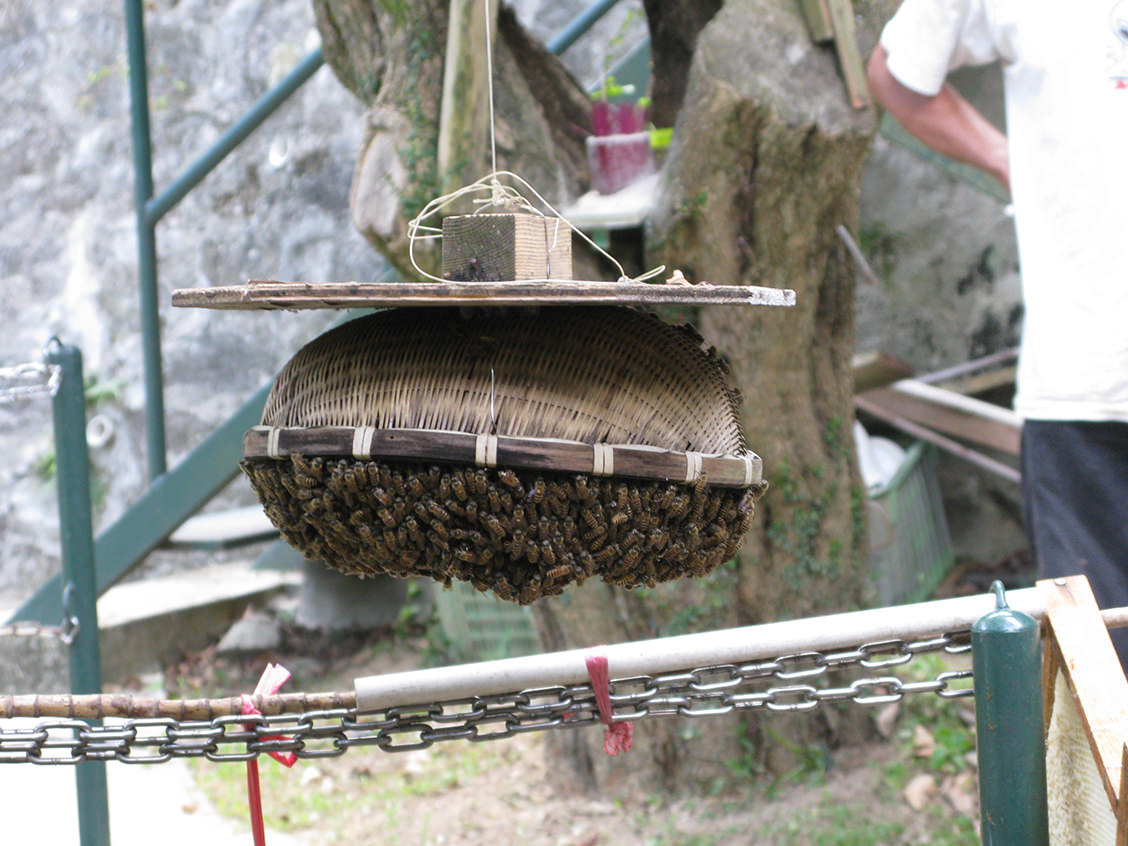
Unlike crop growing, harvesting honey is almost entirely at nature’s beck and call. Flowering of nectar source plant, so does honey production, are determined by the weather of the year. Bees are therefore vulnerable to the impacts of Climate Change. Chemical pollution related to the application of pesticides in conventional farms also poses direct hazards to bees.
Next time when you take a sip of honey water, be thankful and remember what bees do to keep nature’s wheels turning.
KFBG organises bee keeping course once a year. Please visit our programme page for more information.
Aquaponics

Aquaponics is a combination of Aquaculture (fish farming) and Hydroponics (crop production without soil) but differ to them in both fish and plants benefit from one another in a water recirculating environment.
Aquaponics is flexible in design and scale, which can be used for sustainable food production in different situations ranging from desktop to commercial farming. Since we set up the first aquaponics system in Hong Kong in 2012, we have developed a few demonstrative models of various scale for continuous action research and educational purposes.
In this era of climate change, resource depletion, pollution and lack of access to farmland, we believe aquaponics has a role to play to re-construct our resilience in food production. KFBG organises an introduction to Aquaponics Workshop twice a year to provide participants with an introduction to how aquaponics works, with hands-on experience for designing a household aquaponics system. Please visit our programme page for more information.
Agroforestry
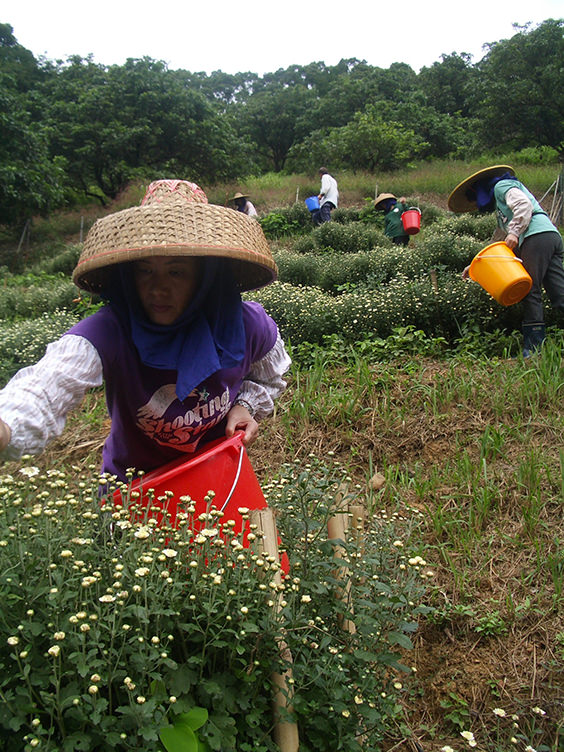
KFBG has started gradually converting some of our once mono-crop orchards to forest gardens by agro-forestry methods since 2004. Agroforestry uses the overarching strategy of ecosystem mimicry to achieve the goals of high, diverse yields of food and other products; a self-renewing, self-fertilising, self-maintaining gardens; and healthy ecosystem function.
To mimic the forest, we have to comprehend the structure and function of our forest ecosystem models. It requires careful planning to inter-plant a diverse variety of fruit trees, edible crops, legumes, green manure hedgerow and grow covers that are compatible to each other. Over the years, some of our once mono-cropped lychee, tangerine and longan orchards were gradually converted to agroforest with over 40 crop varieties including tea, vegetable, fruit and honey production. The change is helping us resolve some of the problems brought about by conventional farming and enhances the ecological services of our farming landscape.
Why not visit our Fruit Forest display at the Lower Area of KFBG to learn more about this initiative?

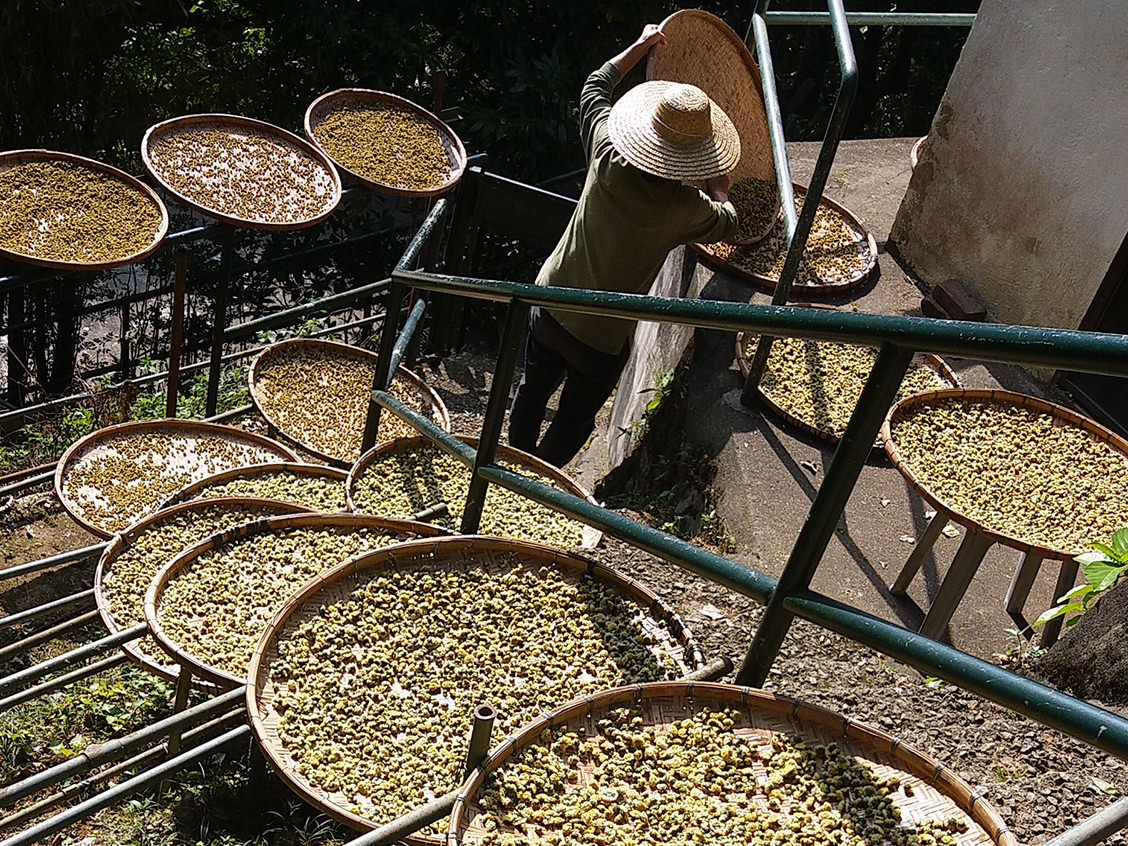

Hedgerow, cover-crop and mulching at the agroforest help preserve soil and reduce evaporation.
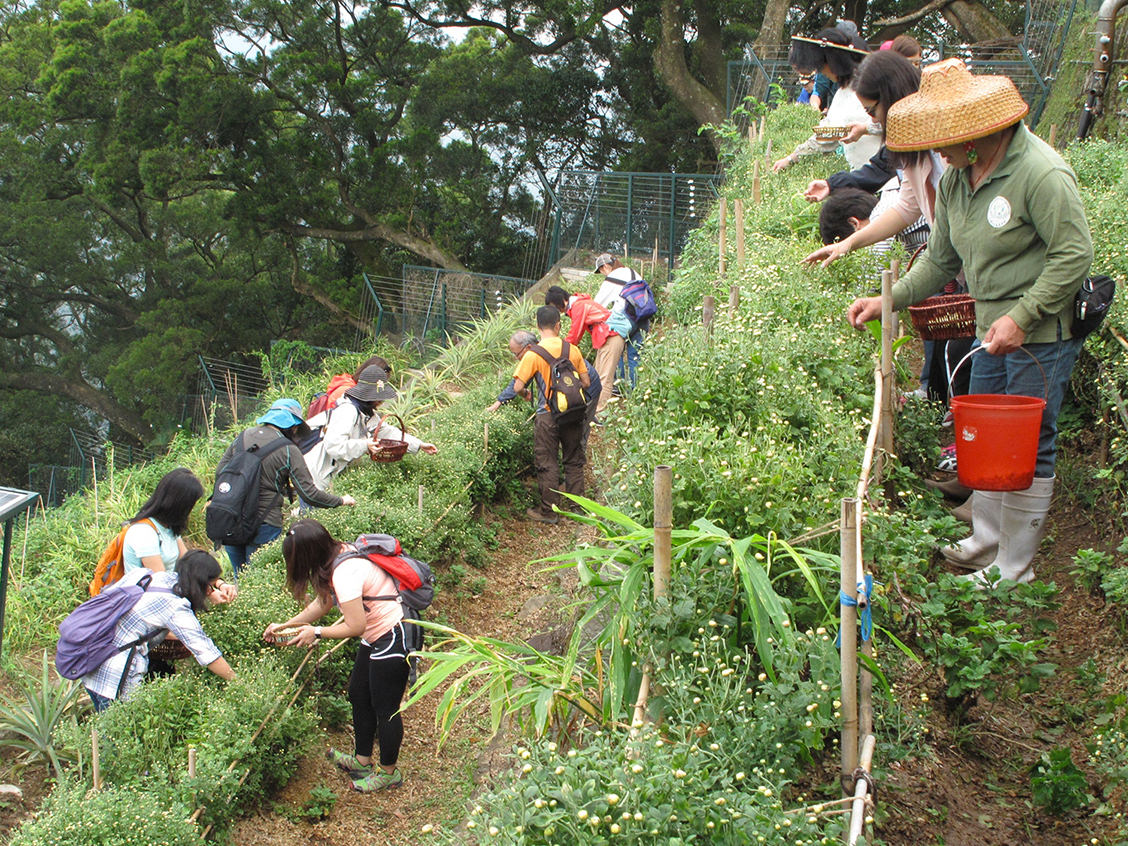
Tea was introduced to this orchard firstly as hedgerow to preserve soil. The succession design allows the tea plants to establish and gradually become one of the main crops on our orchard.
Food Gardens
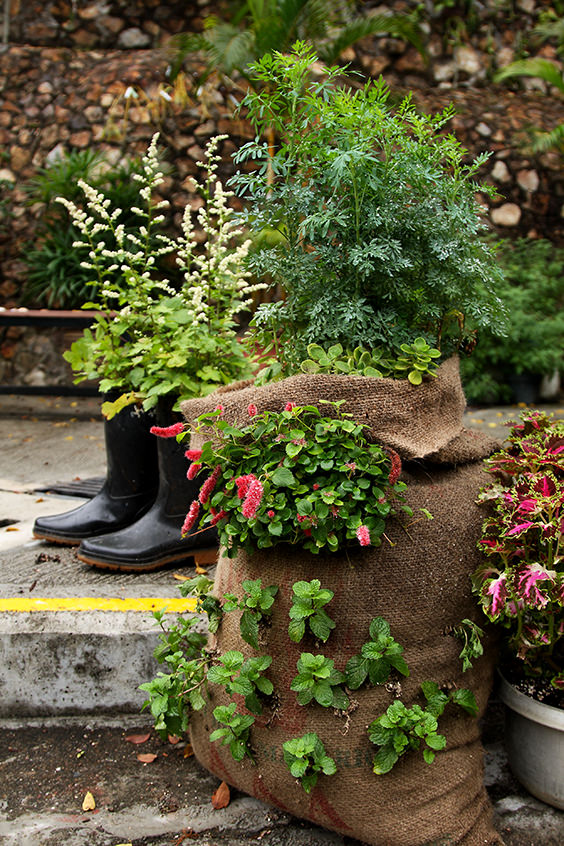
At KFBG, visitors can gain inspiration from a range of food gardens and demonstrations for designing their own gardens. Based on permaculture design principles, our gardens make best use of environmental elements to create multi-functional and productive landscape that is friendly to people and nature.
The one-dou farm, named with the local measurement unit equivalents to 674 square meters, demonstrates the permaculture design for small farm where farmers enjoy continuous harvest of diverse crops all the round with minimise external input. Much thoughts were devoted to preserve soil and water, as well as maximising organic resource recovery, to enhance the fertility and vitality of farmland. With an integral cropping of annual and perennial crops and fruit trees, farming works are spreading out over the year and farmers spend more time in harvesting than farming.
Our Eco-garden is beautified solely with edible plants to illustrate how a multi-functional and productive edible landscape out-performs the typical urban parks when it comes to pleasing the eye. Farming ideas like herb spirals, square-foot gardens, vertical farming and pot-gardening are demonstrated to showcase growing food in city is possible even with only little space at balcony, rooftop, balcony, courtyard and community garden. No matter how small the scale of food growing, emphasis is put on growing food in harmony with nature’s rhythm, preserve natural resources and recover organic matters onsite as far as possible.
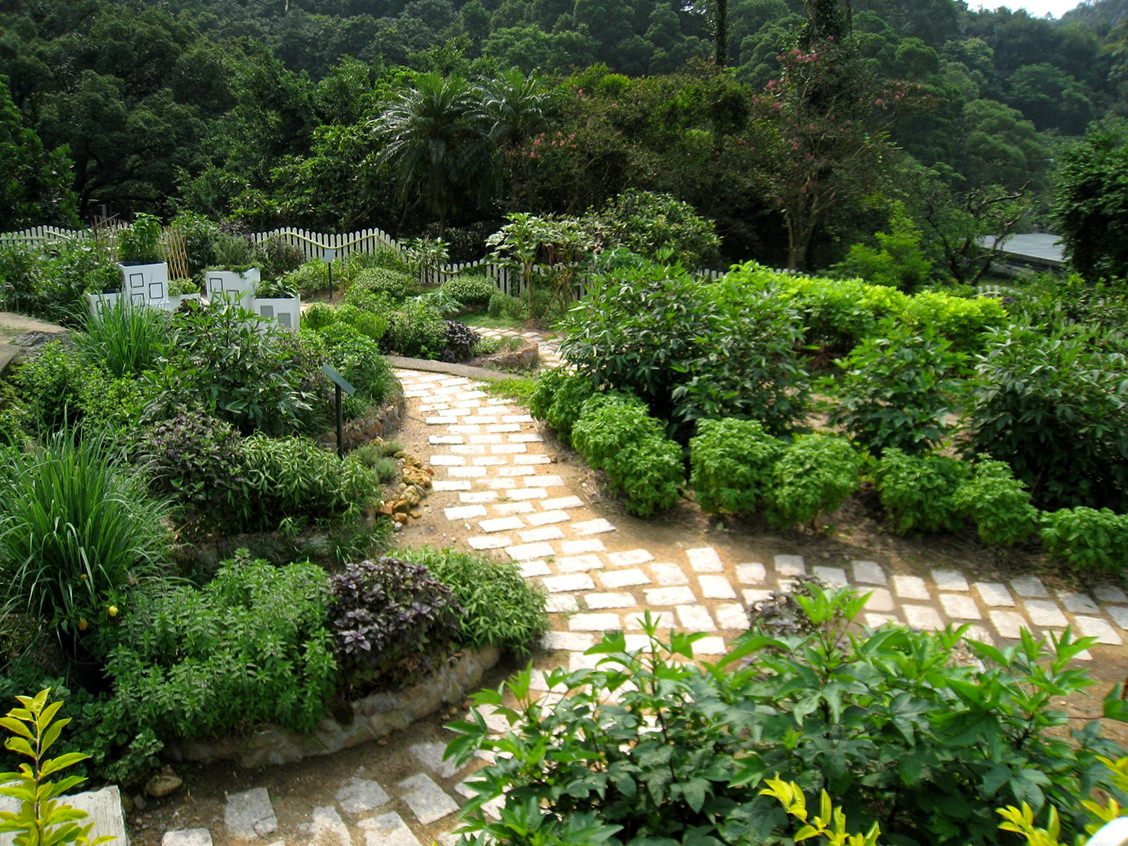
Permaculture principles are also well demonstrated on our Fruit Forest where the once single-crop orchards are transformed into mixed forest gardens that mimic the natural forest structure. Fruit trees are inter-planted with edible crops such as pineapples. Legumes are planted in alternate hedgerows for green manure, and cover crops protect the land from soil erosion.
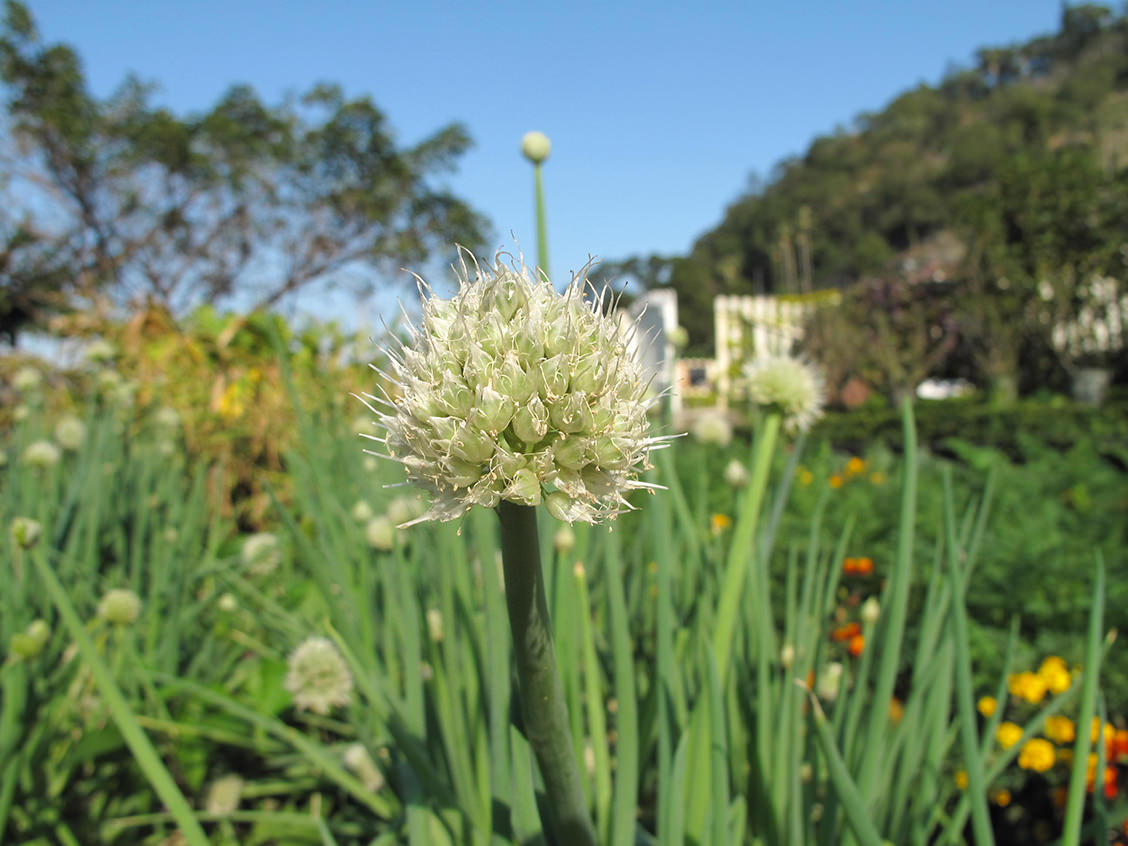
Planting according to agro-forestry principles reduces damage by insect pests, requires very little maintenance, no chemical fertilisers and gives a variety of fruits and other harvestable crops all-year-round.
Growing food in city is possible even with only little space and we communicate this message with our visitors through our good gardens. The food gardens are popular outdoor classrooms for environmental design and food education. Being at these gardens, visitors are always amazed by the environmental services of sustainable farming to nature conservation.
Constructed Wetland
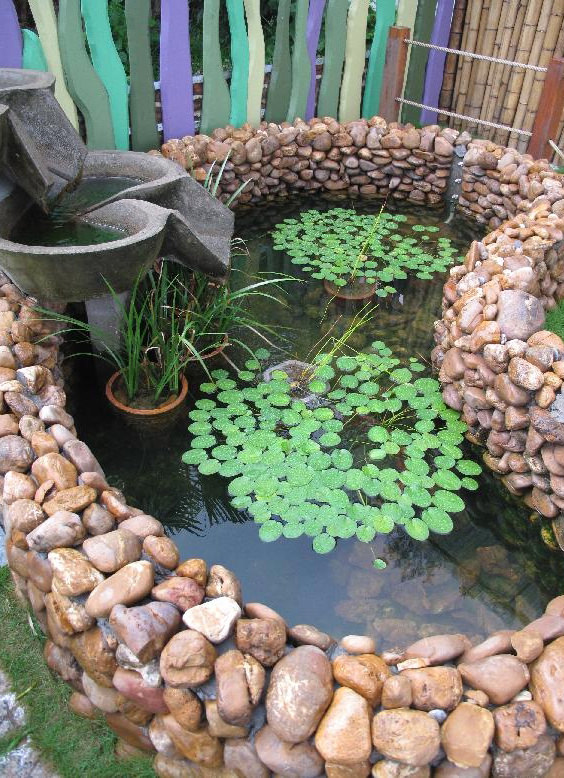
We have thousands of visitors per week and over 200 staff. KFBG is not connected to the Government sewer system, and we do not discharge any waste water into the stream. How do we achieve this?
KFBG's Constructed Wetland Wastewater Treatment System connects all the major toilet and animal enclosure facilities, and uses a variety of wetland plants as biological filters for wastewater treatment. Micro-organisms at the substrate of the wetland system digest organic matter and wetland plants take up the nutrients in the water and thus clean it. The treated water is then re-used for flushing toilets and irrigation of non-edible plants. The plants in the wetland are regularly harvested and used as mulch for nutrient recycling on our farmland.
This is cutting edge, yet very simple and is an example of what can be done in places where there are no sewers. There is no discharge of effluent or waste water into the stream.
The display area of the wetland is open to visitors by special arrangement.
